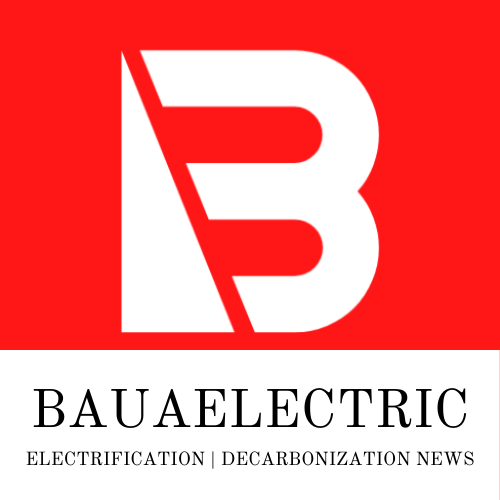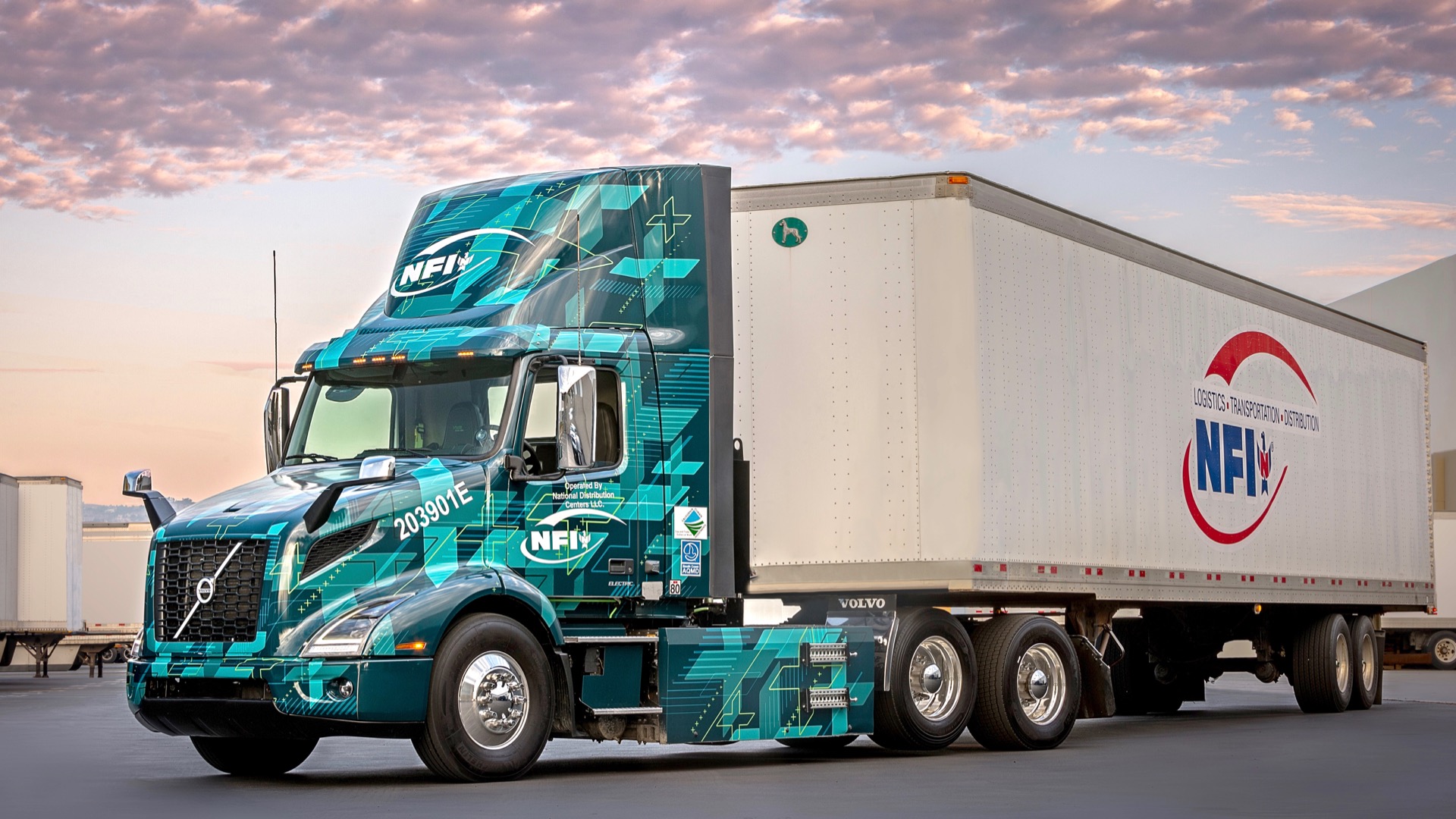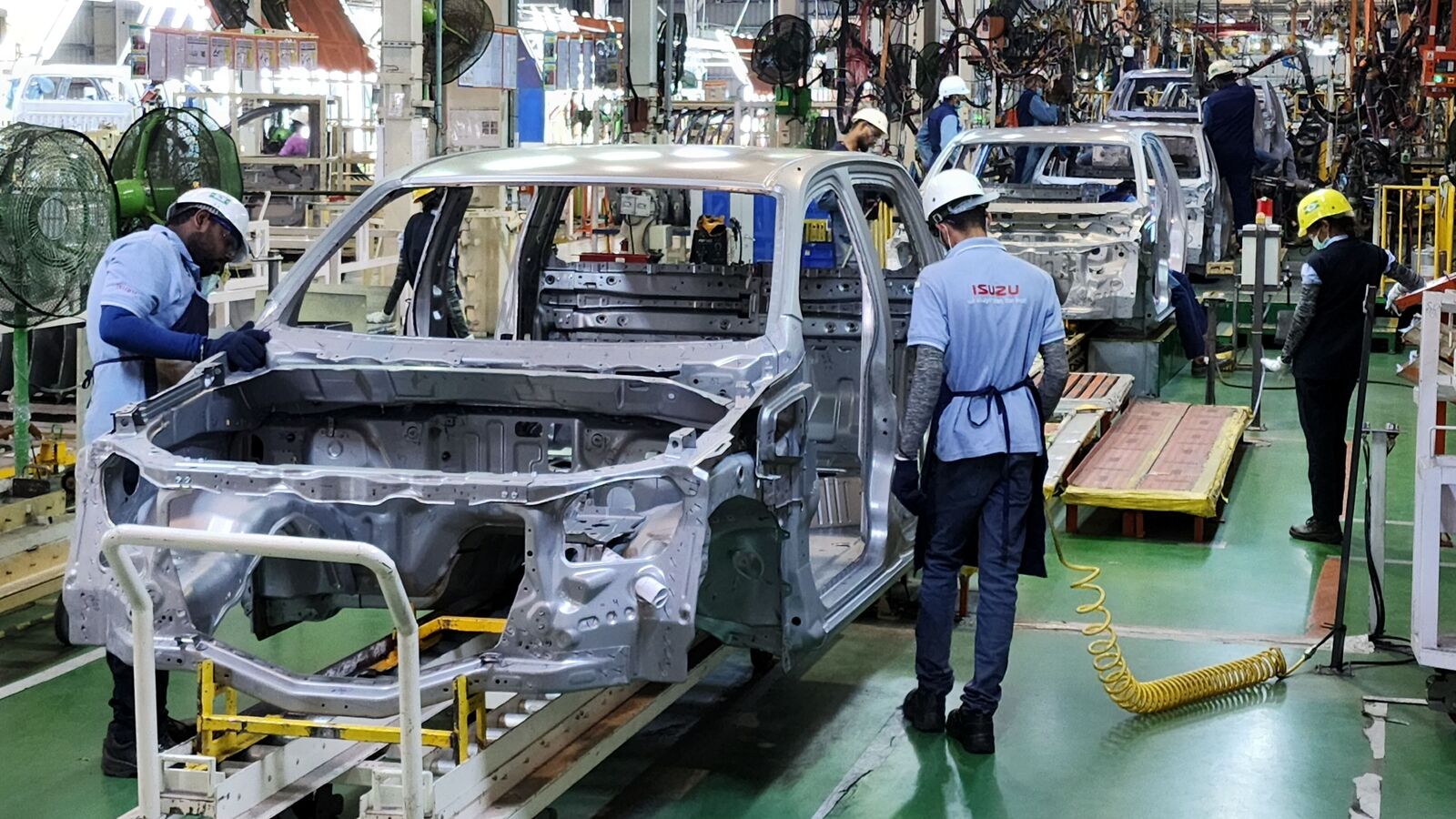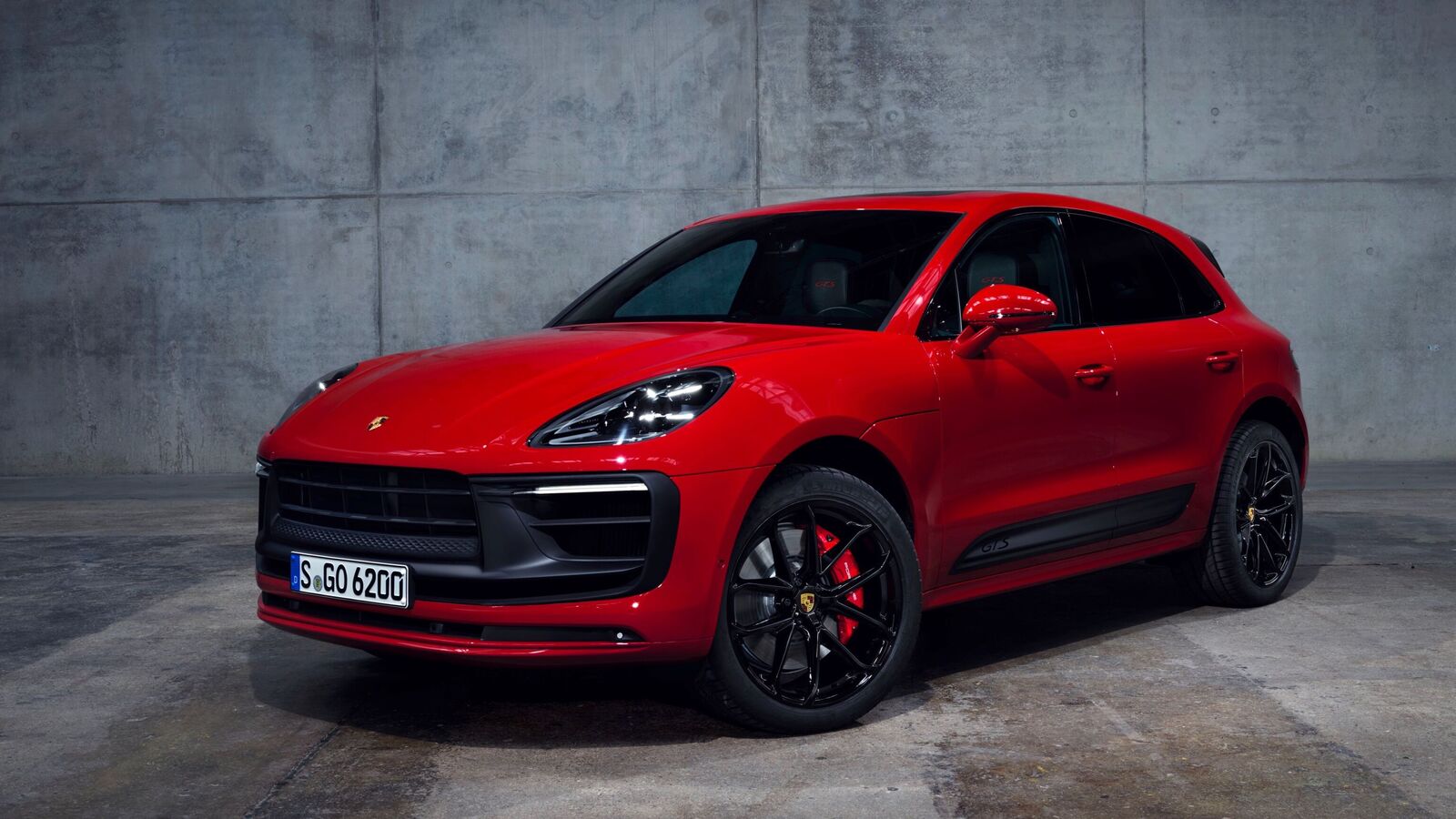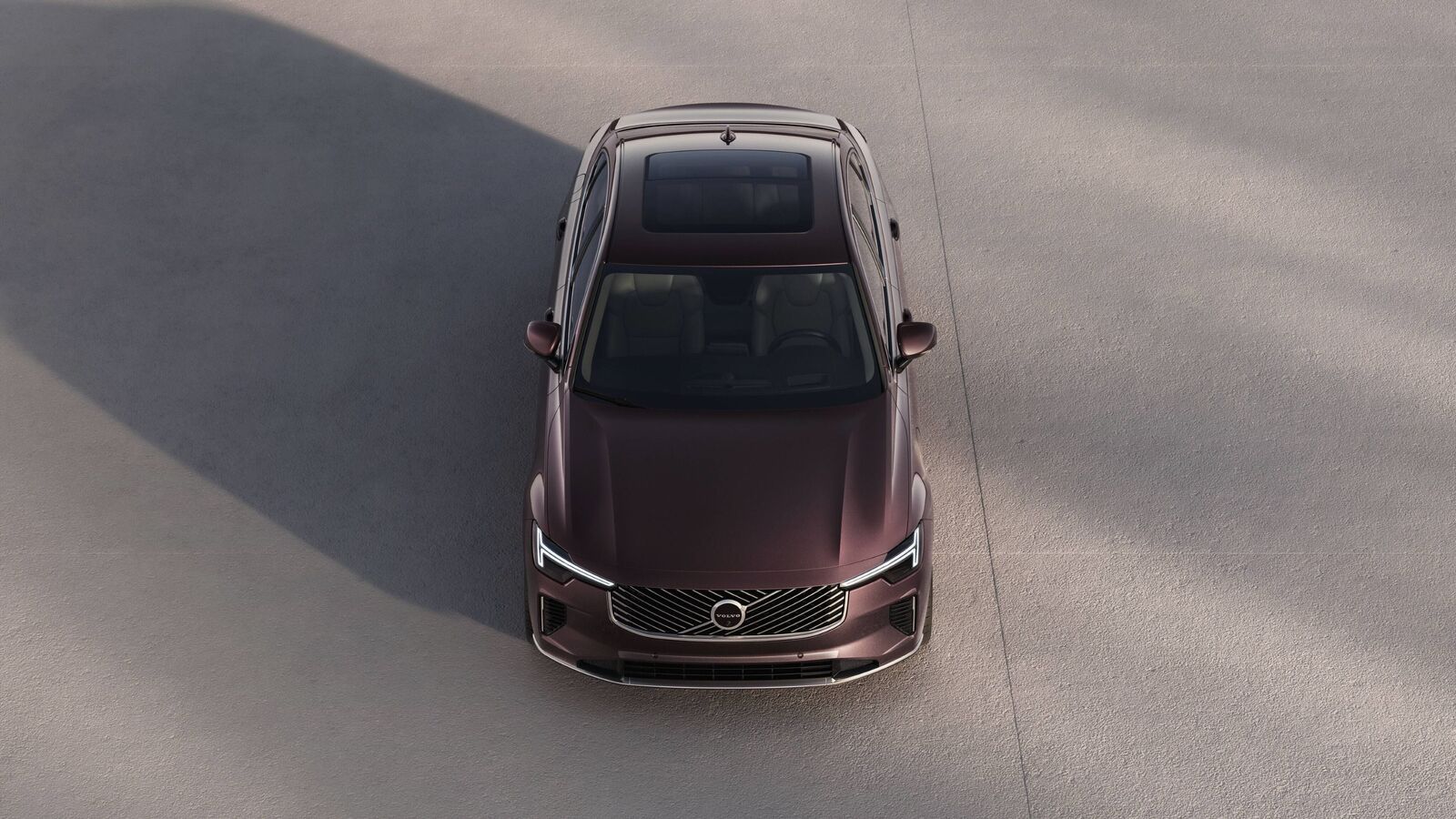The Biden Administration on Monday sketched out plans for EV charging and hydrogen dispensing along major U.S. freight corridors.
The National Zero-Emission Freight Corridor Strategy was developed by the administration’s Joint Office of Energy and Transportation with input from the Department of Energy (DOE), Department of Transportation (DOT), and the Environmental Protection Agency (EPA). It lays the infrastructure out for increased numbers of zero-emission medium-duty and heavy-duty commercial vehicles.
Currently, the U.S. aims for at least 30% of sales of the vehicles to be zero-emission by 2030, and 100% by 2040. The infrastructure strategy is divided into four phases that align with that timeline.
National Zero-Emission Freight Corridor Strategy
Phase one, running from 2024-2027, is simply establishing hubs that can serve as logistical points for hydrogen fueling and charging at the level these vehicles need. The second phase (2027-2030) will connect these hubs via major freight corridors. The third phase (2030-2035) will expand these corridor-hub connections, while the fourth phase (2035-2040) will aim for further expansion that achieves a true national network.
The push will give a national roadmap and overarching plan to what has up until now been several regional projects. California, for instance, in 2021, started pushing infrastructure funds toward megawatt charging projects. The megawatt charging system has been set for some time, although there are few stations offering it as of yet.
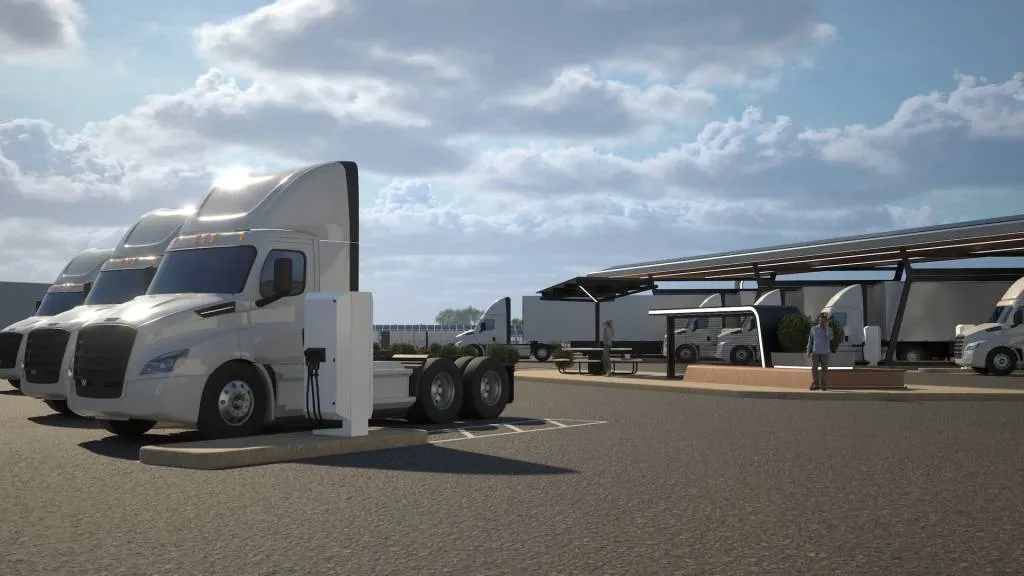
Rendering of proposed Daimler Trucks Greenlane charging and hydrogen fueling site.
It’s unclear if this plan will allow federal funds to flow to private projects already underway. Daimler Trucks has forged ahead with plans for its own $650 million hydrogen and charging network for big rigs. The company earlier this year also allied with Volvo and Navistar for electric-truck charging.
Some experts see megawatt charging and electric semis as becoming the more common over the long run, but there are plenty of efforts to prove out hydrogen in the meantime. Daimler itself has suggested that liquid hydrogen may be one other promising solution.
